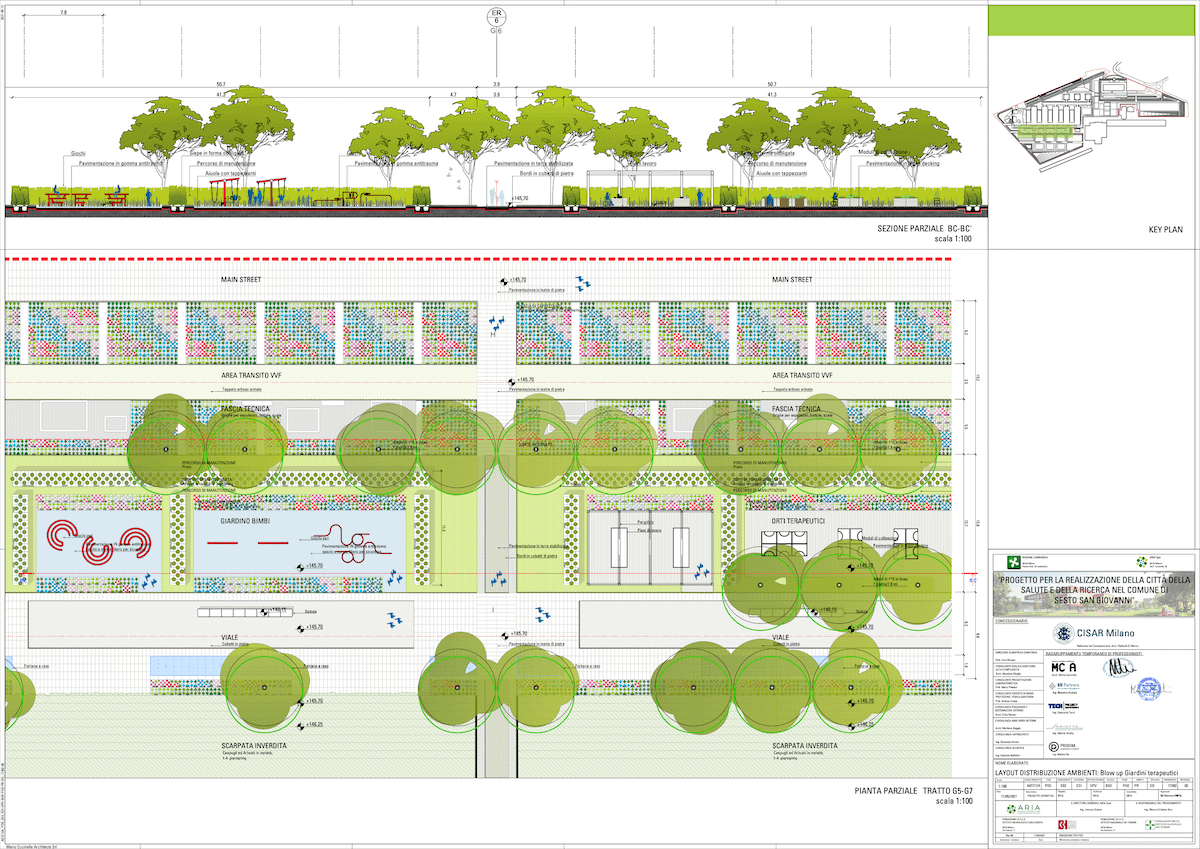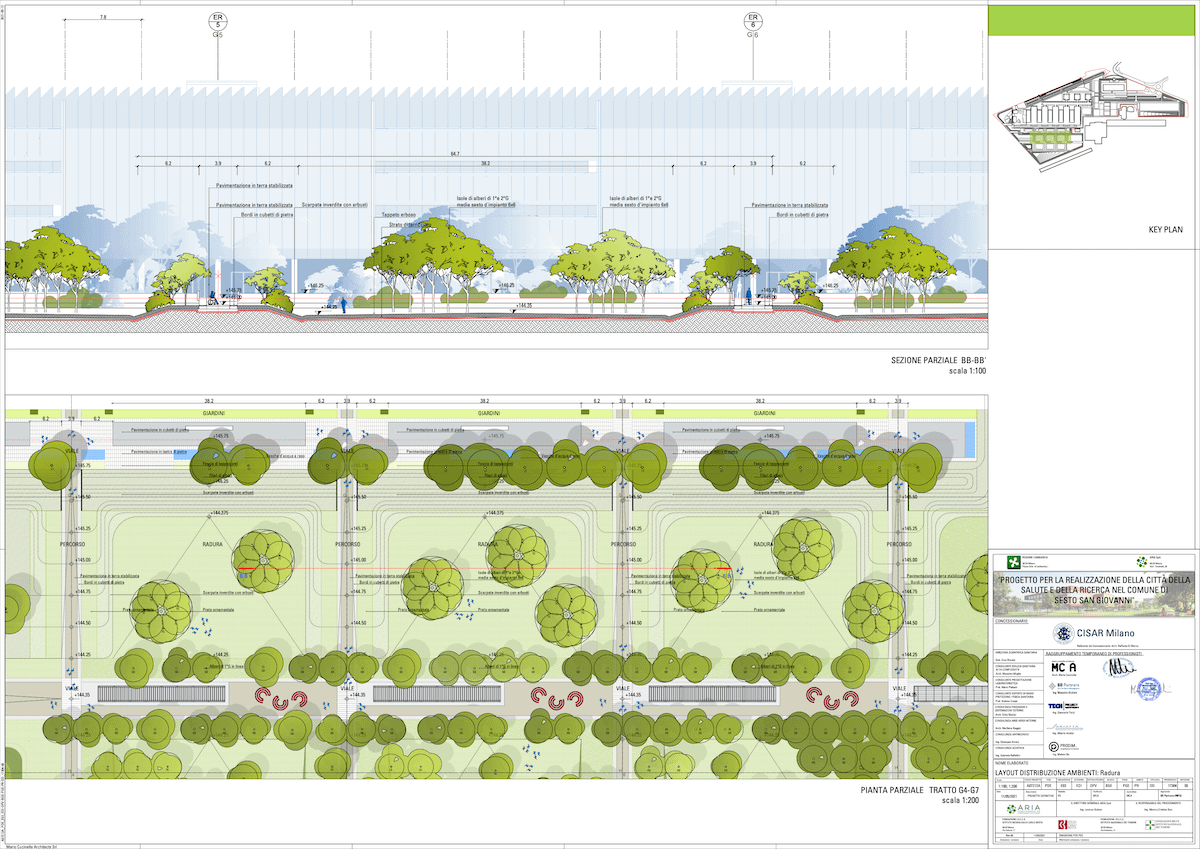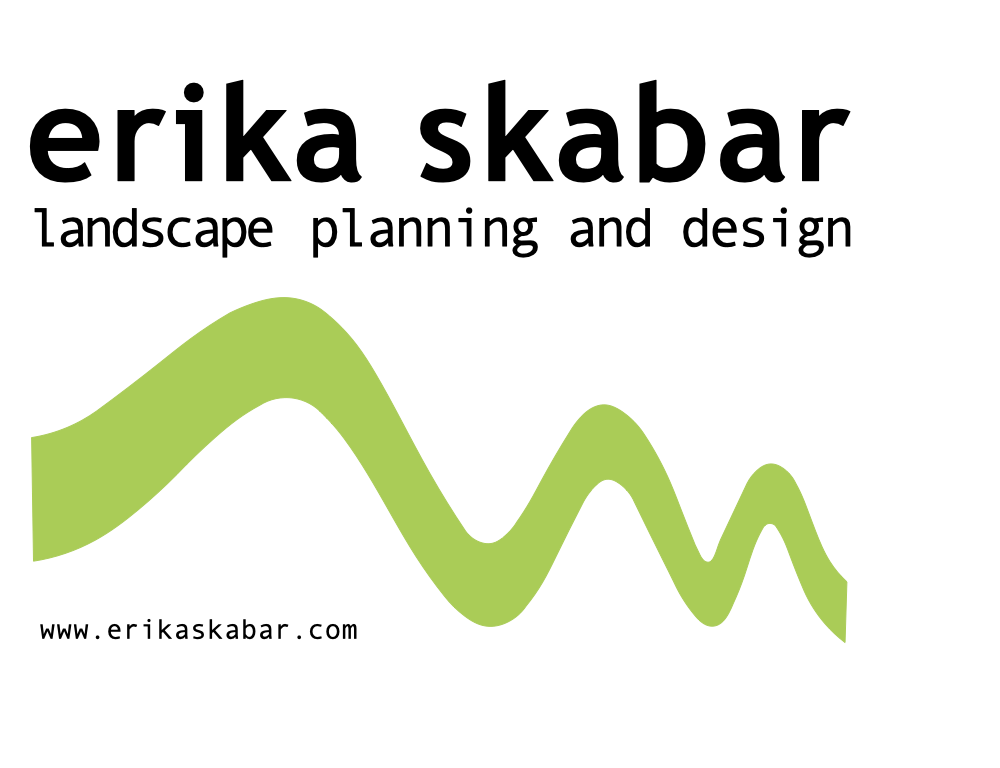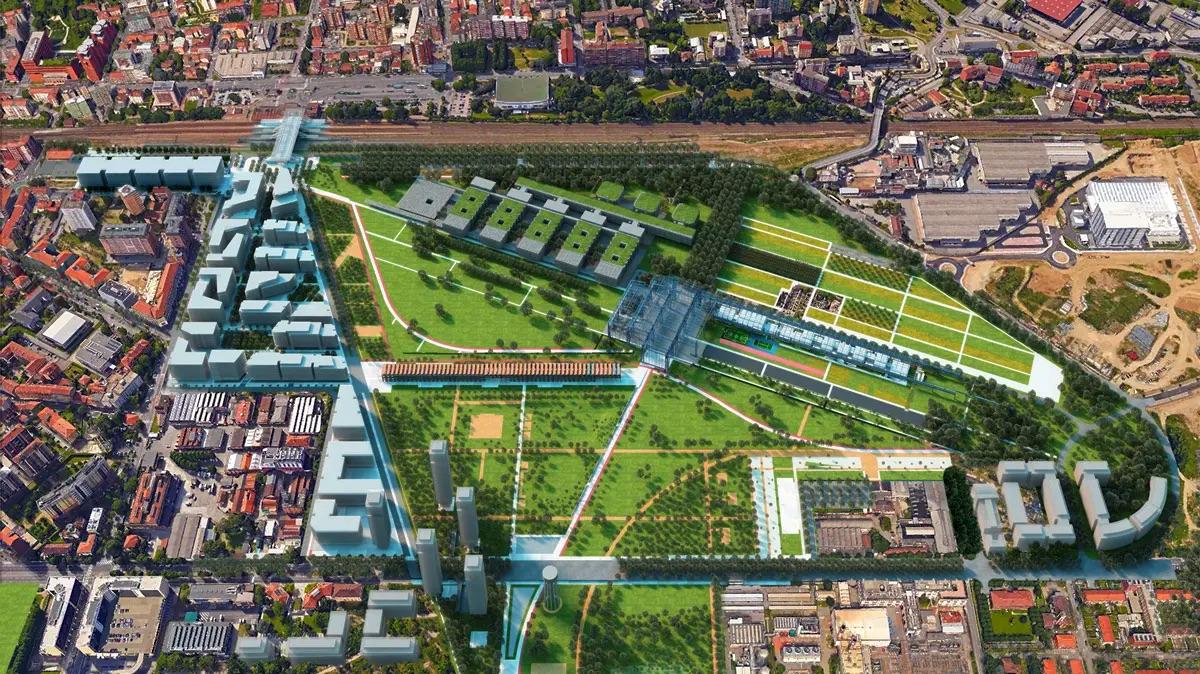Health and Landscape
Key facts
Location: Sesto San Giovanni, Milano - Italy
Client: Regione Lombardia, Infrastrutture lombarde, Fondazione I.R.C.C.S Istituto neurologico Carlo Besta, Istituto nazionale dei tumori, Aria Spa
Period: 2023- 2020
Project services: Landscape General projectWork progress status: Ongoing project
Credits: Cisar - Milano - Authority, MCA Srl - Architecture, SD Partners Srl, Tech Project Srl - Structures, viability; Ariatta Srl - MEP, Prodim Srl _HVAC; Gae Engeneering - fire engeneering; Studio Raffaelini - acoustics; Arch.M.Moglia - high complexity health building; prof. M.Plebeni - laboratory consultancy; Prof.A.Crespi -radiation protection
Brief description: New healthcare hub born from the merger of the Cancer Institute and the Besta Neurological Hospital, will rise in the reclaimed areas of the former Falck Steelworks. Developed on Renzo Piano's masterplan, the CdSR complex will consist of a single 135,000-square-foot building, housing 650 beds with another 50 inside the health hotel, as well as 16 operating rooms and a study center for training in oncology and neuroscience, with 22 classrooms and a 400-seat auditorium. There will be an estimated 3,000 employees, including physicians, medical, administrative and technical staff, handling more than 1.5 million outpatient visits and services and 24,000 admissions. The surrounding area is set to become a large green buffer equipped with gardens and naturalistic environments, avenues, pedestrian and bicycle paths linking the Health City and Research Park to downtown Sesto and the Falck areas. Total area of intervention: 234,000 square meters.
Health and Landscape
It is common to hear that contact with nature, in its many forms, promotes human health. But how to explain the health-landscape relationship?
From the experiences of landscape design of health care facilities, and without claiming completeness given the breadth of the topic, some insights are here introduced into how - the cultural and natural construction we call-landscape can influence treatment and more generally the recovery and maintenance of health and well-being.
Human beings live embedded in landscape and they perceive it through their whole body; it affects their well-being. There is nowadays a large body of evidence-based literature in the fields of medicine, psychology, and architecture attesting the positive or restorative effect of landscape on health.
The common understanding of landscape is still the cultural one, which maintains a delicate balance between aesthetics and cultural studies, history and art theory.
To understand how landscape planning can affect our health, we need to introduce a more comprehensive definition of this concept and a more complex planning approach.
Landscape cannot be just the cultural expression of our society, but rather also the result of our ongoing encounter with ecology and the physical realm, which has traditionally been studied exclusively from the point of view of scientific theories. For this reason, landscape planning cannot be distinguished from the ecological environment
If we consider landscape as an interconnected network of influences from environment, culture and perception, then one sphere cannot modify the other without in turn being modified by it.
In doing so, we are introducing an interdisciplinary approach where landscaping is intended as a set of dynamic processes or relationships between ecology and aesthetics, humanities and natural sciences.
This perspective allows, on one hand, to overcome the contemplative and aesthetic value to which landscape is drastically reduced to.
On the other hand, overcomes the oppositional use that distinguishes environment and landscape, as the first one is intended as physical-biological and the second as cultural, leading toward a new convergence/communication between the two spheres,
Landscape project, perceived as a process rather than a mere visual collection of data, involves real experience and interaction. We perceive landscape as we build it, and at the same time we are in a co-determinant relationship with it.
Consequently, we cannot talk about our health and well-being without mentioning, considering and implementing our landscape.
To sum up, if our health is affected by the landscape, then it represents something more than just a part of our heritage or a place to be preserved for the aesthetic pleasure it provides. Could we perhaps start talking about the 'right to landscape' as something intrinsically linked to the well-being of present and future generations?




